Once Upon a Time there were three Persian Princes and a Missing Camel
The Merriam-Webster dictionary defines serendipity as “the faculty or phenomenon of finding valuable or agreeable things not sought for”.
The “not sought for” bit is key. Your broke self wasn’t looking for a fifty dollar bill in the pocket of that old coat, or the solution to your problem in that most unexpected place. And there’s nothing quite like a densely stocked physical bookshop where often the cool extra book that you walk out with is not the one that you were looking for. That’s serendipity.
Serendipity is also often cited in the context of product invention and scientific discovery. Think: Post-It® Notes (accidental by-product of a failed glue experiment), Silly Putty (failed attempt at creating a synthetic rubber), Velcro (microscopic observation of burs stuck on socks after a bird hunting trip) … and even the striking new colour YInMn Blue (discovered accidentally by a science professor while developing materials for use in electronics).
Serendipity is, by definition, out of the blue (pardon the pun) … but it is possible to structure an environment to optimise the atmospheric conditions for serendipity. Hence the rise of transdisciplinarity as an element of higher education and problem solving generally. Bringing together people with vastly different backgrounds: artists, scientists, engineers, designers, biologists … and having them interact in open play-like environments is an attempt to catalyse some “unexpected” serendipitous magic e.g. the General Thinking network.
So, where did the word serendipity come from?
The word was first coined by the English writer, art historian and politician Horace Walpole (1717 - 1797). In a letter to his friend Horace Mann on 28 January 1754, he recounted his startling discovery of a lost painting. Walpole compared his discovery to those from an old Persian fairy tale called The Princes of Serendip (the classic Persian name for Sri Lanka) … a story largely drawn from the real life of the Persian King Braham V, ruler of the Sassanid Empire (420 - 440).
The somewhat convoluted story featuring The King of Serendip’s three sons involves a leadership test, a journey and a lost-then-found camel that is intuited by the Princes to be: blind in one eye, missing a tooth, carrying a pregnant woman, and hauling honey on one side and butter on the other. Impressive!
Apparently, and according to Walpole’s interpretation, the Princes were "always making discoveries, by accidents and sagacity, of things which they were not in quest of”.
So, there you have it!
________________________
Personal Postscript
Serendipity is these days definitely a thing. Remo’s friend Laurie Rosenwald, a painter and designer who splits her time between New York and Göteborg in Sweden, has even created a workshop around serendipity; and her book, bearing the same name How to Make Mistakes on Purpose: Bring Chaos to Your Order, has been published by Hachette.
_______________________
Wikipedia Reference: Serendipity & The Three Princes of Serendip
Images
1. Three Cinghalese Chiefs Waiting for the Prince of Wales at Kandy, Ceylon. Illustrated London News, 15 January 1876.
2. Shakespeare and Company, Paris. Photo Credit: Toshio on Flickr.
3. Arthur Fry with Post-it® Note
4. Horace Walpole. Image Credit: AZ Quotes.
5. Laurie Rosenwald's Book: How to Make Mistakes on Purpose: Bring Chaos to Your Order
6. Laurie Rosenwald. Painter, Designer, Writer, Principal at Rosenworld.
7. Bonus Image: Andy Warhol outside Serendipity 3 restaurant in New York. Photo by John Ardoin, 1962.
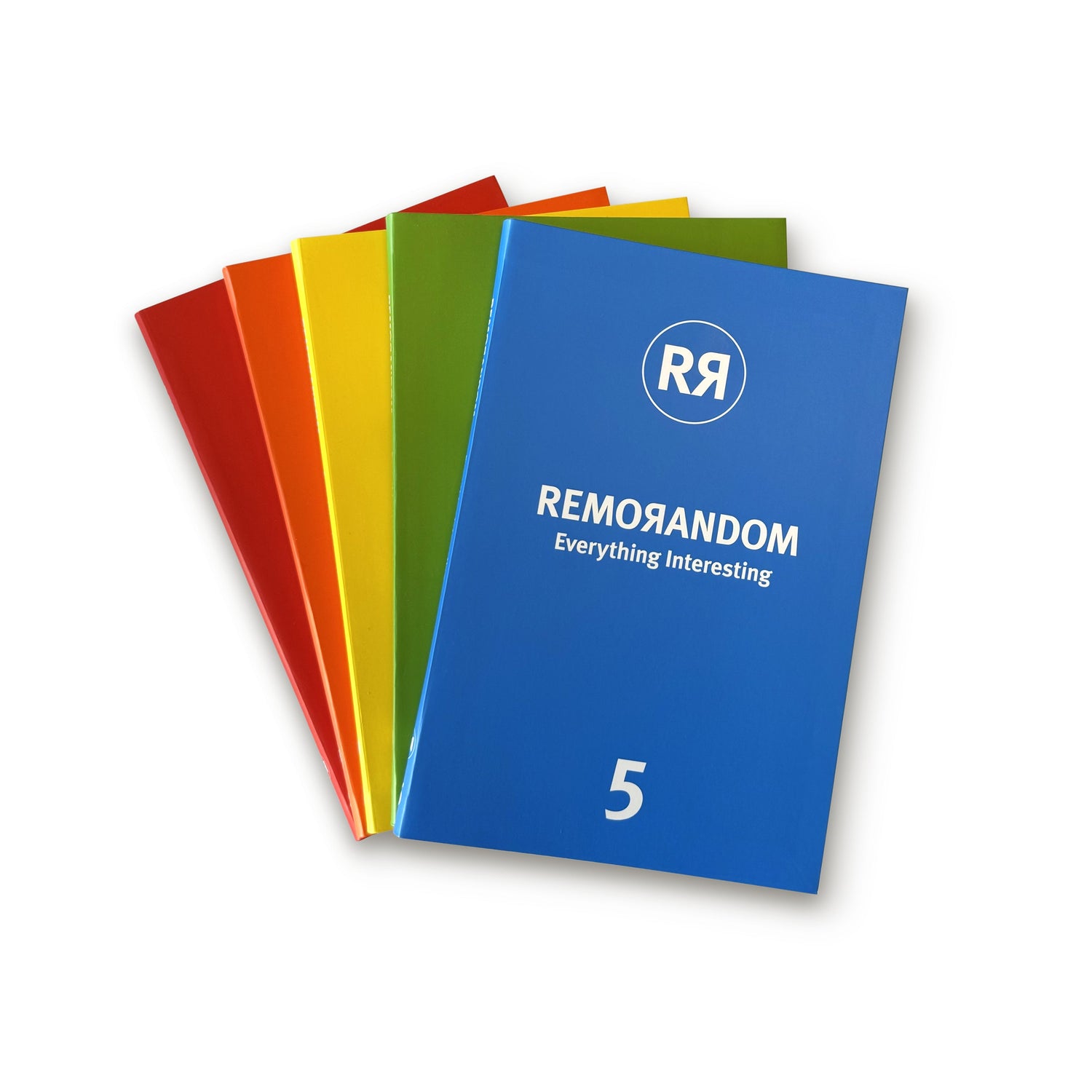
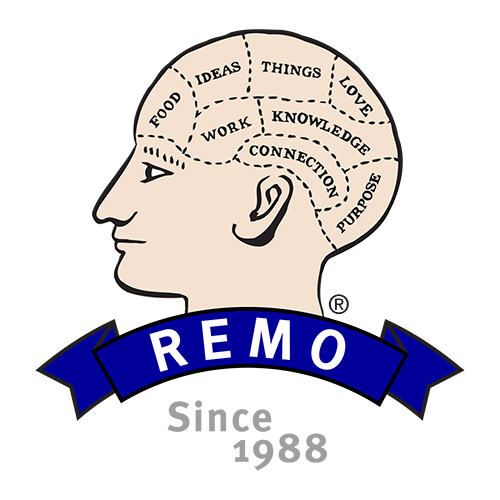

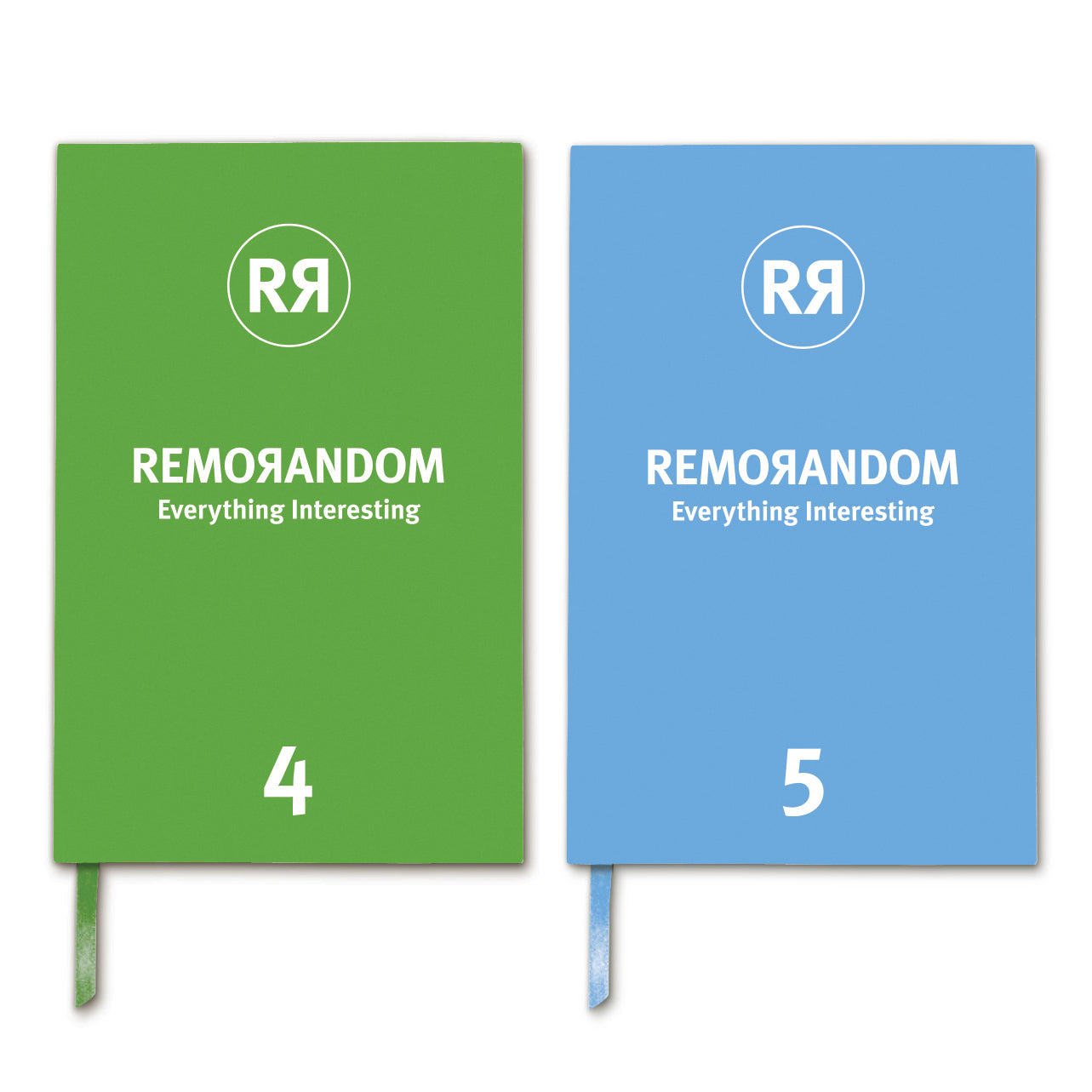
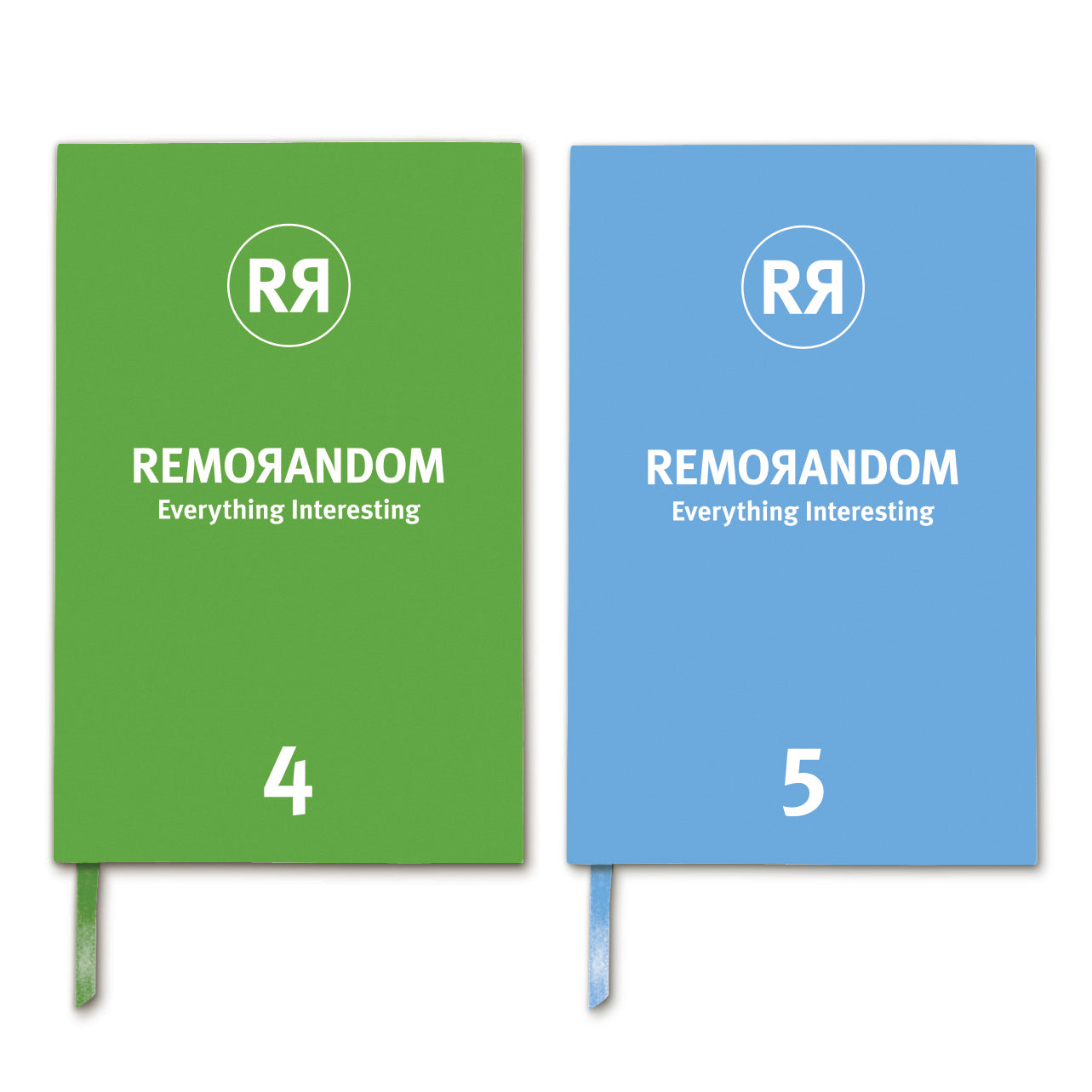
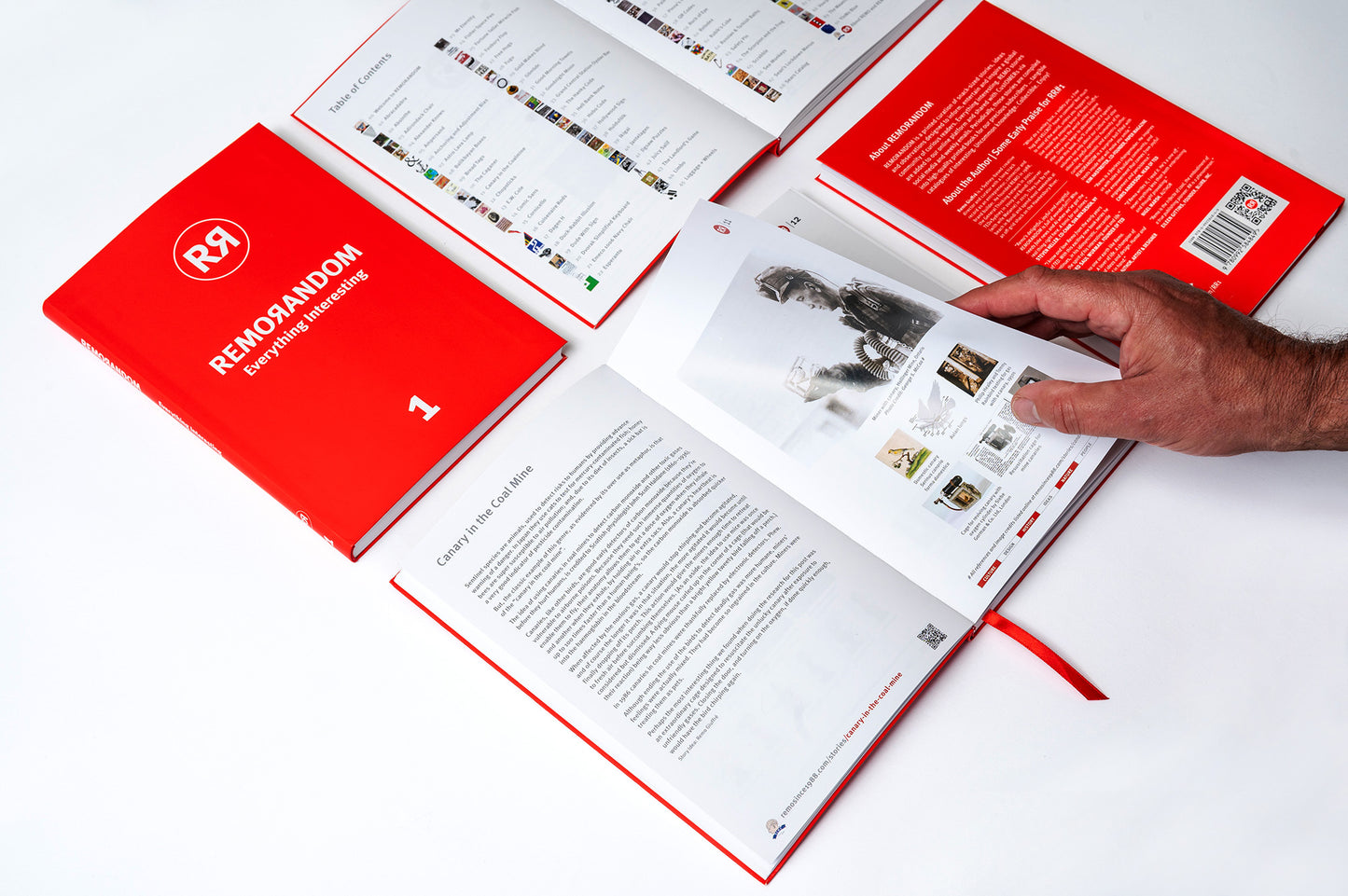



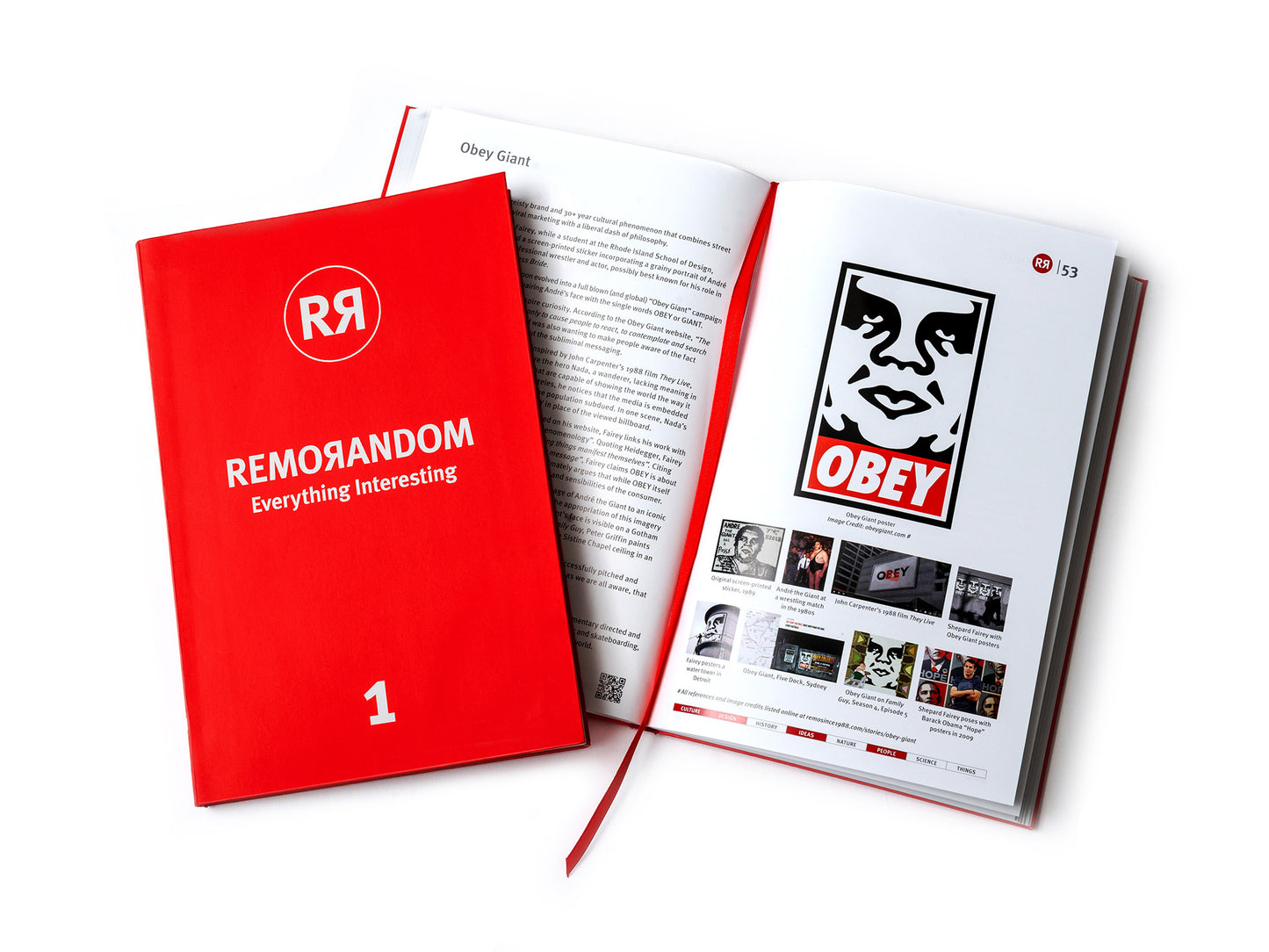
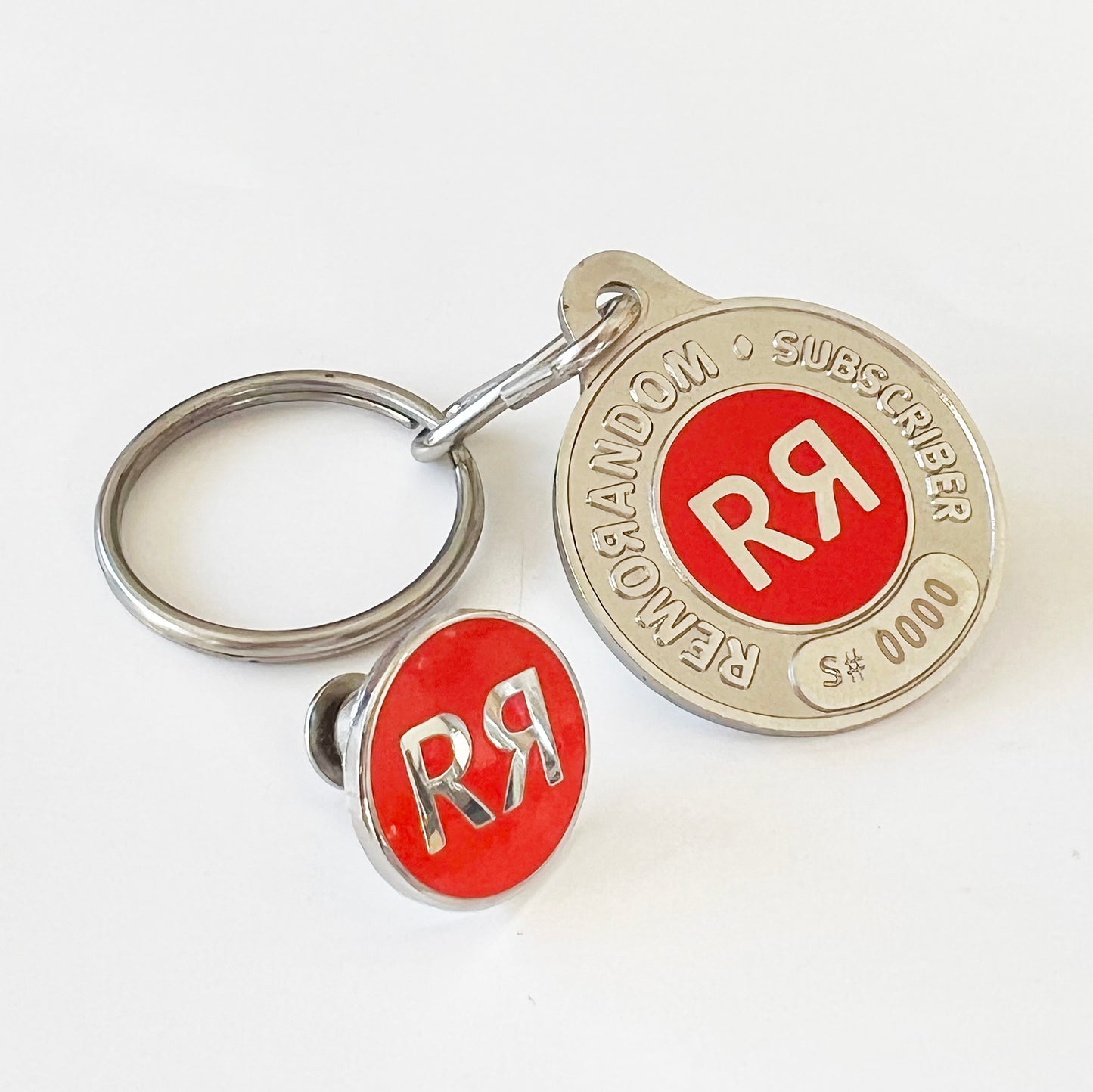

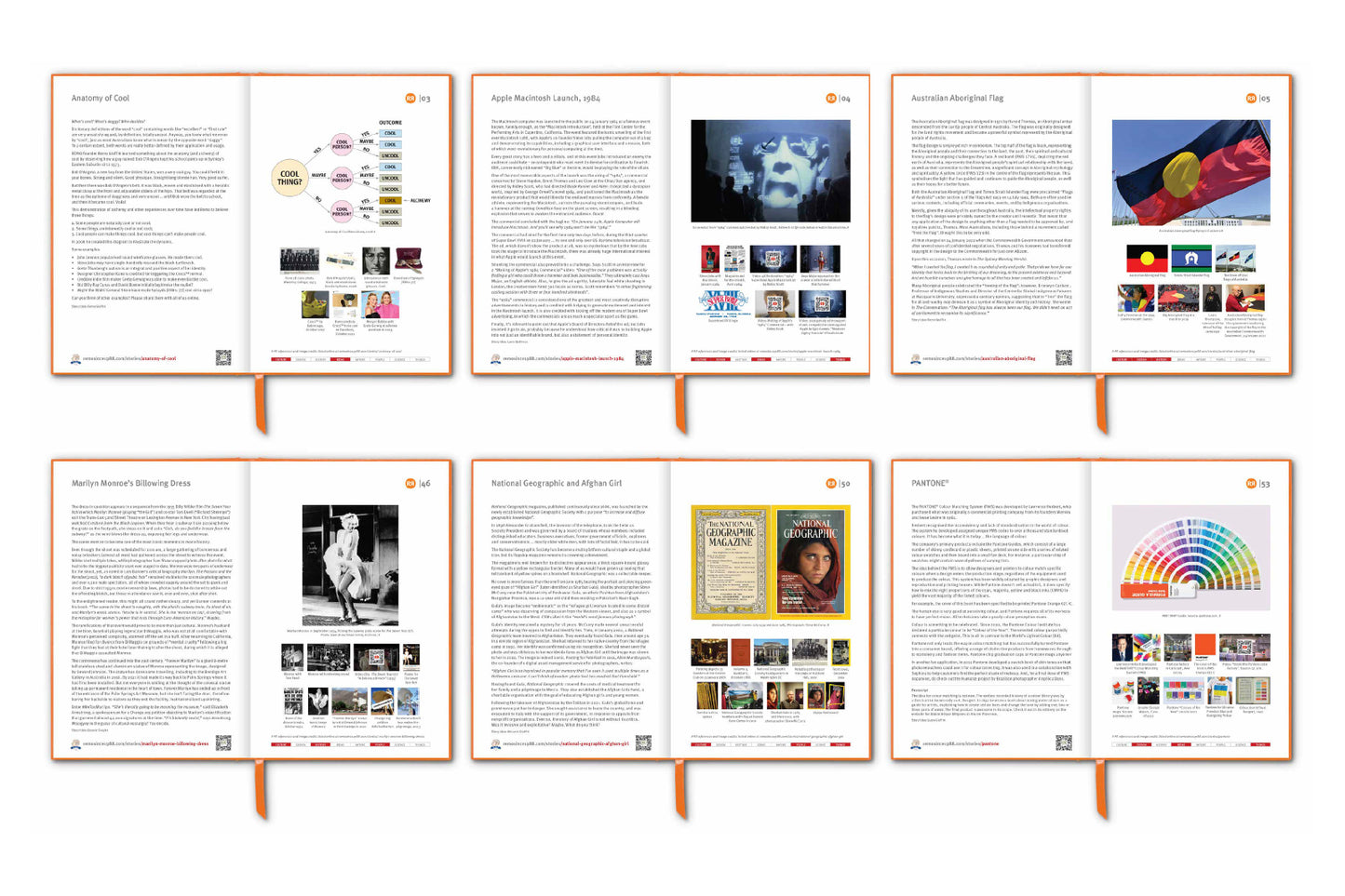
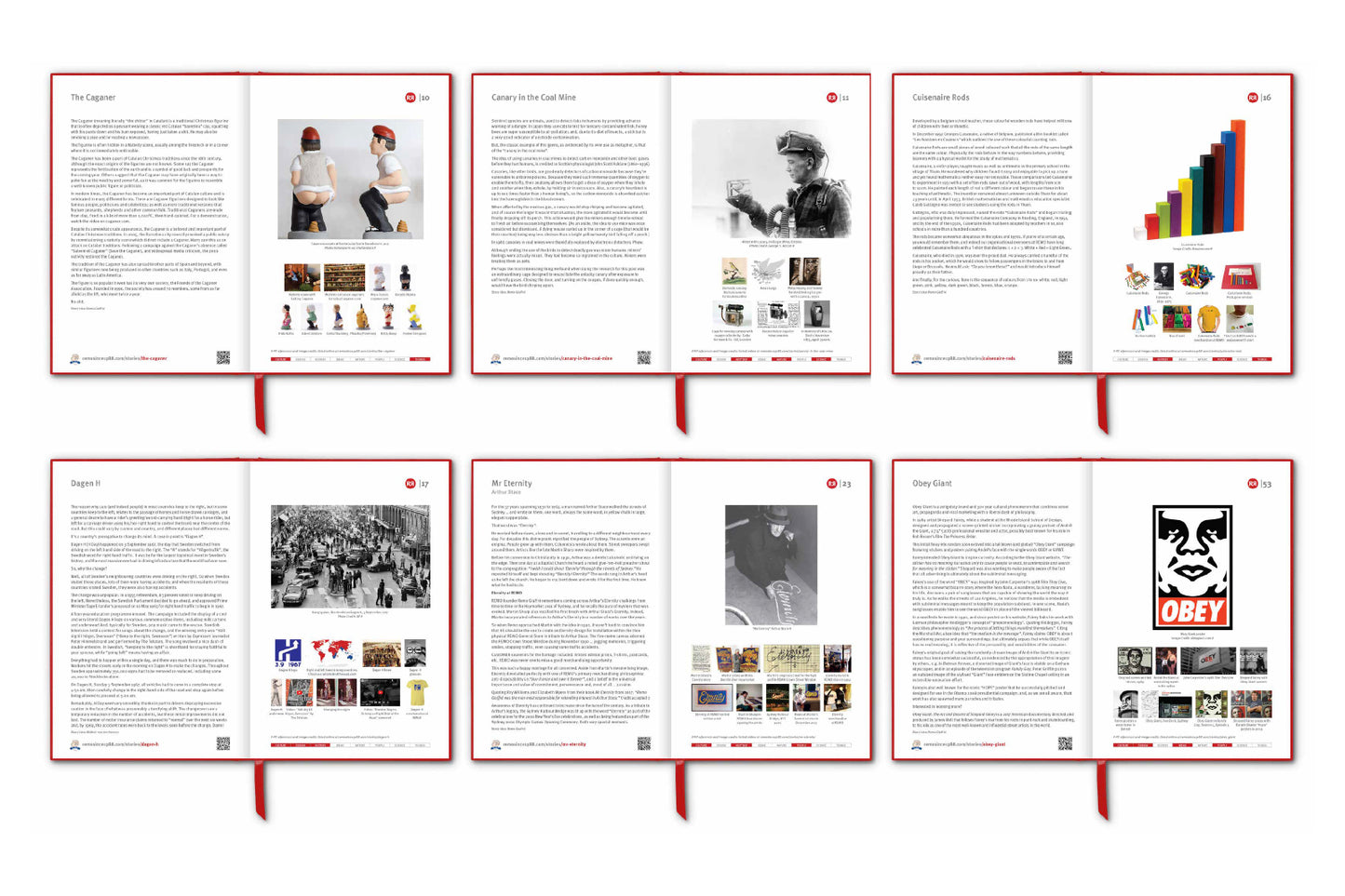

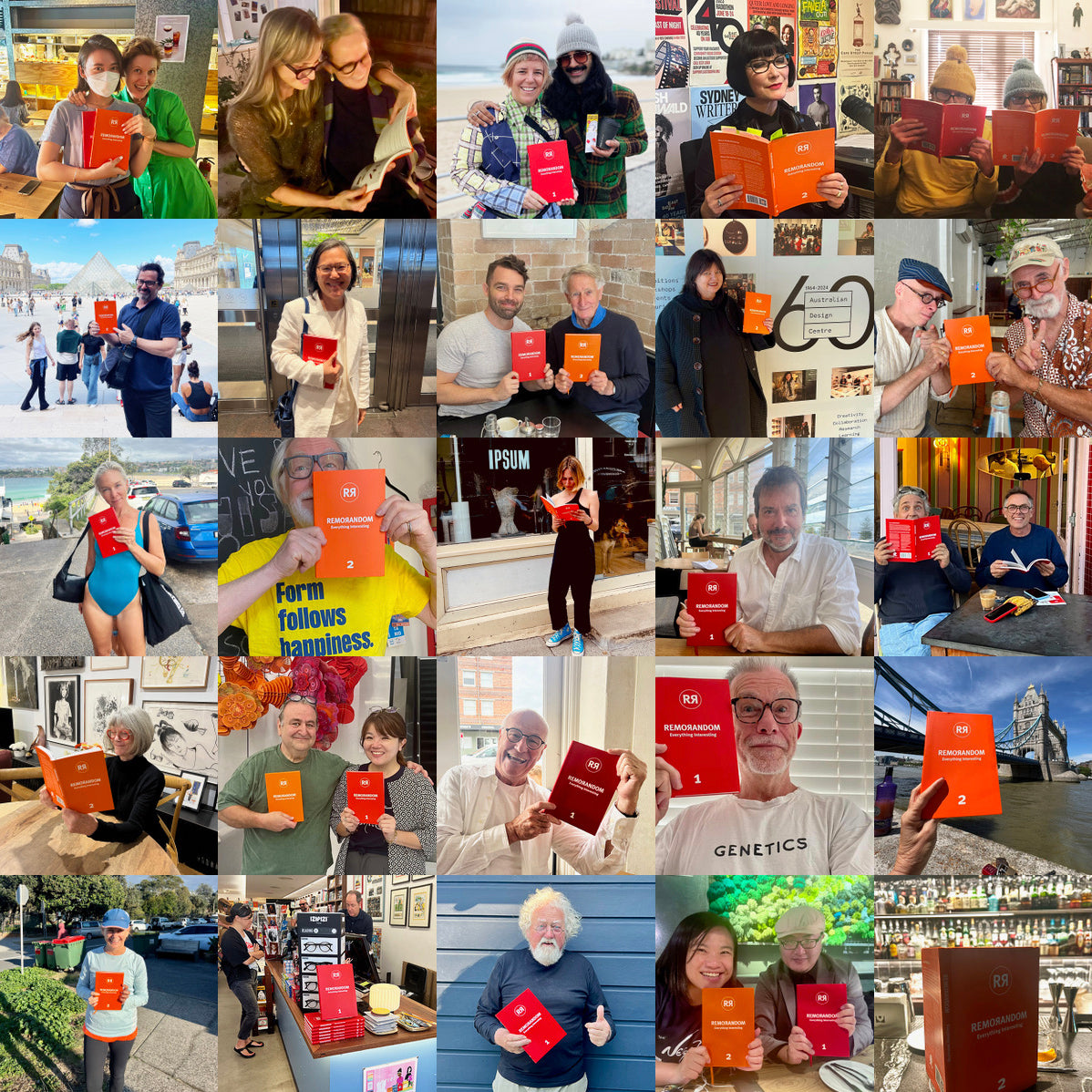

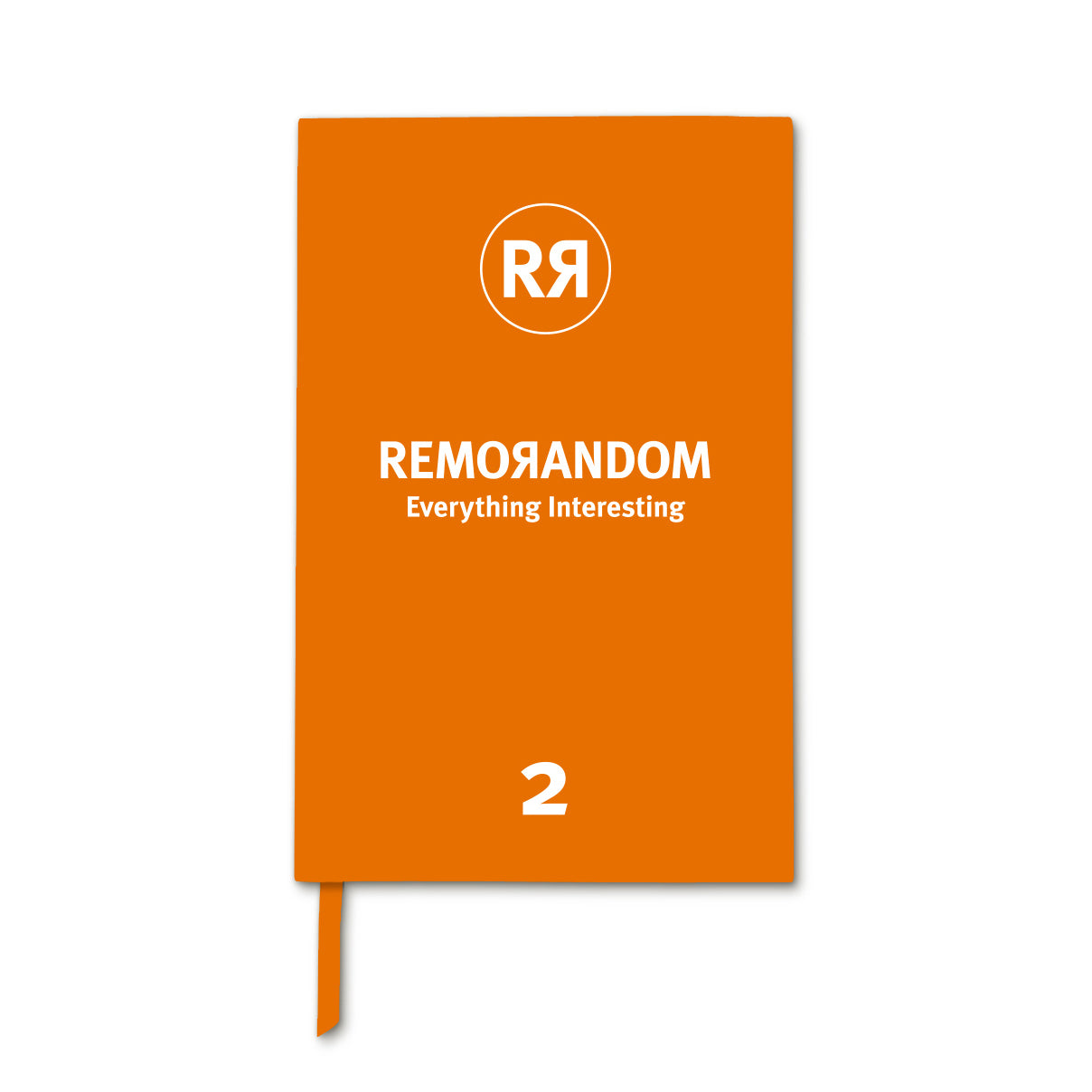

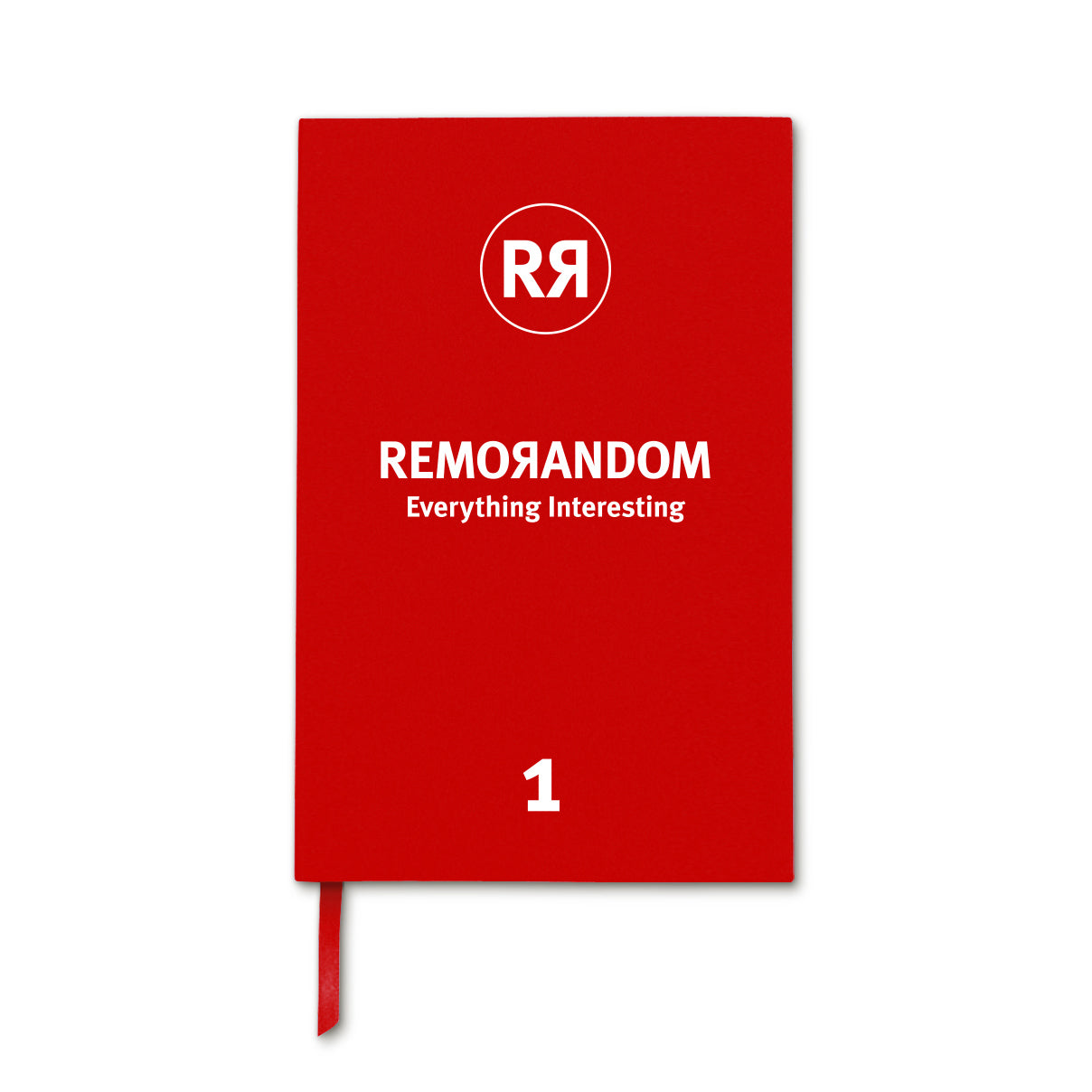
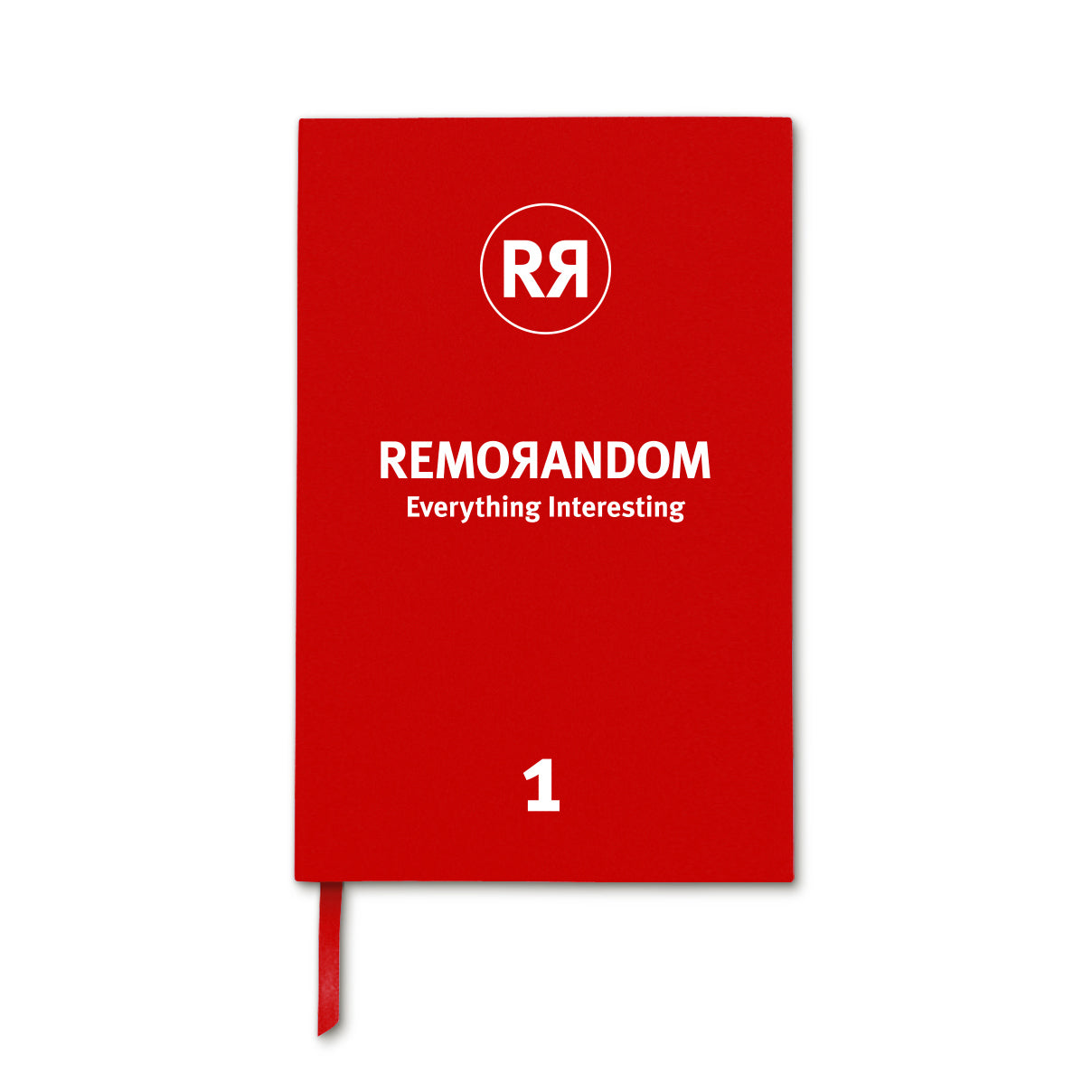



















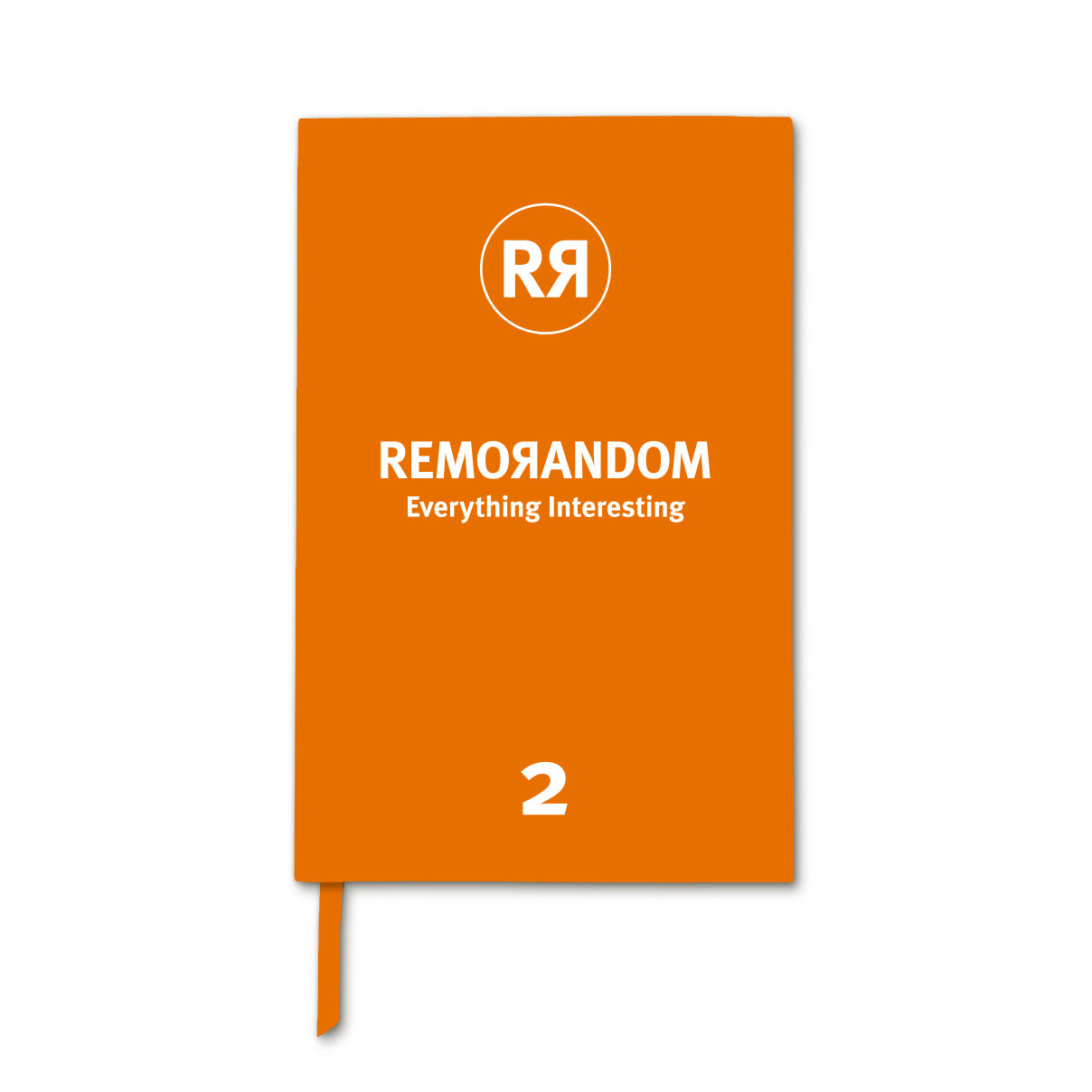
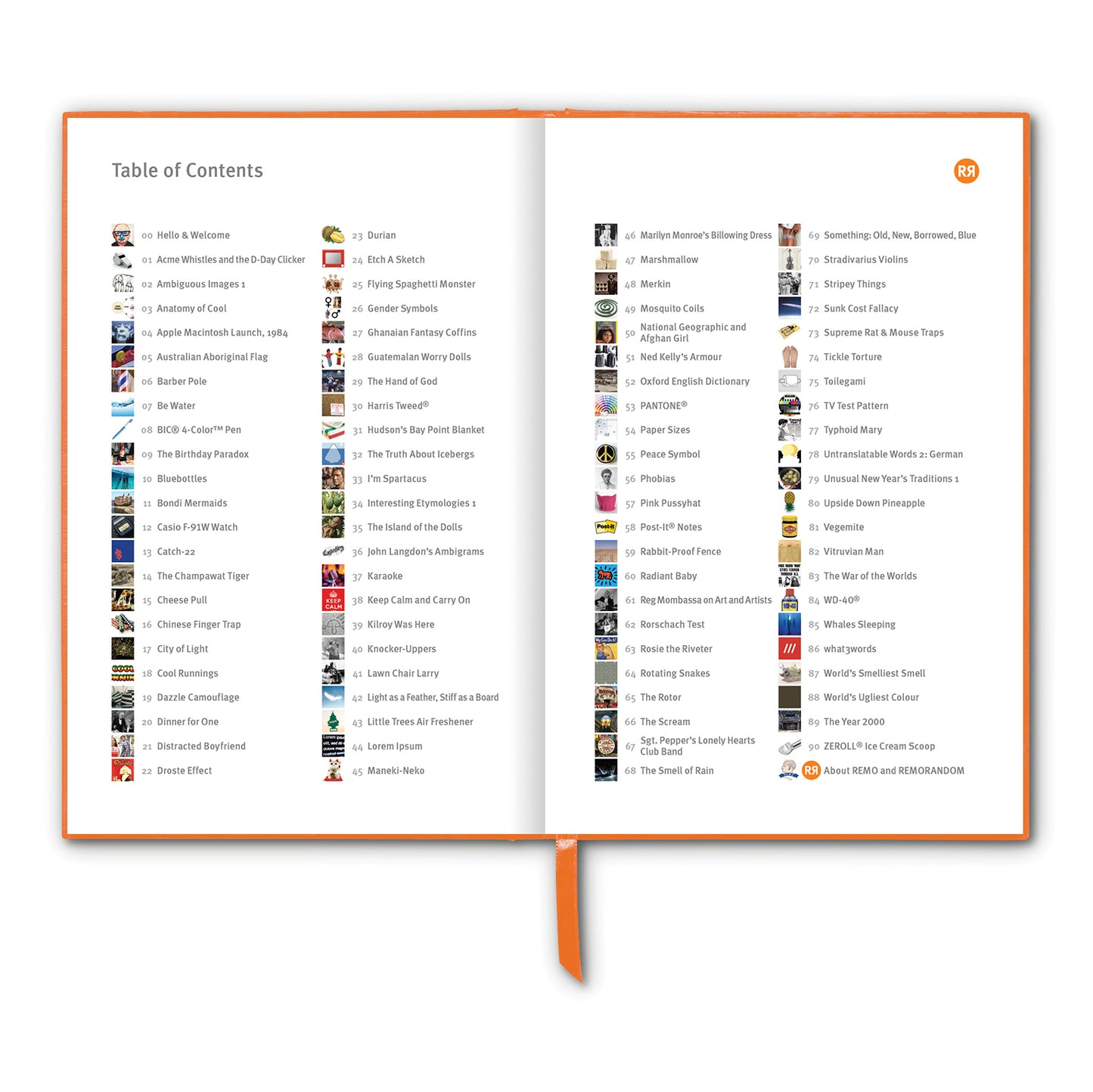

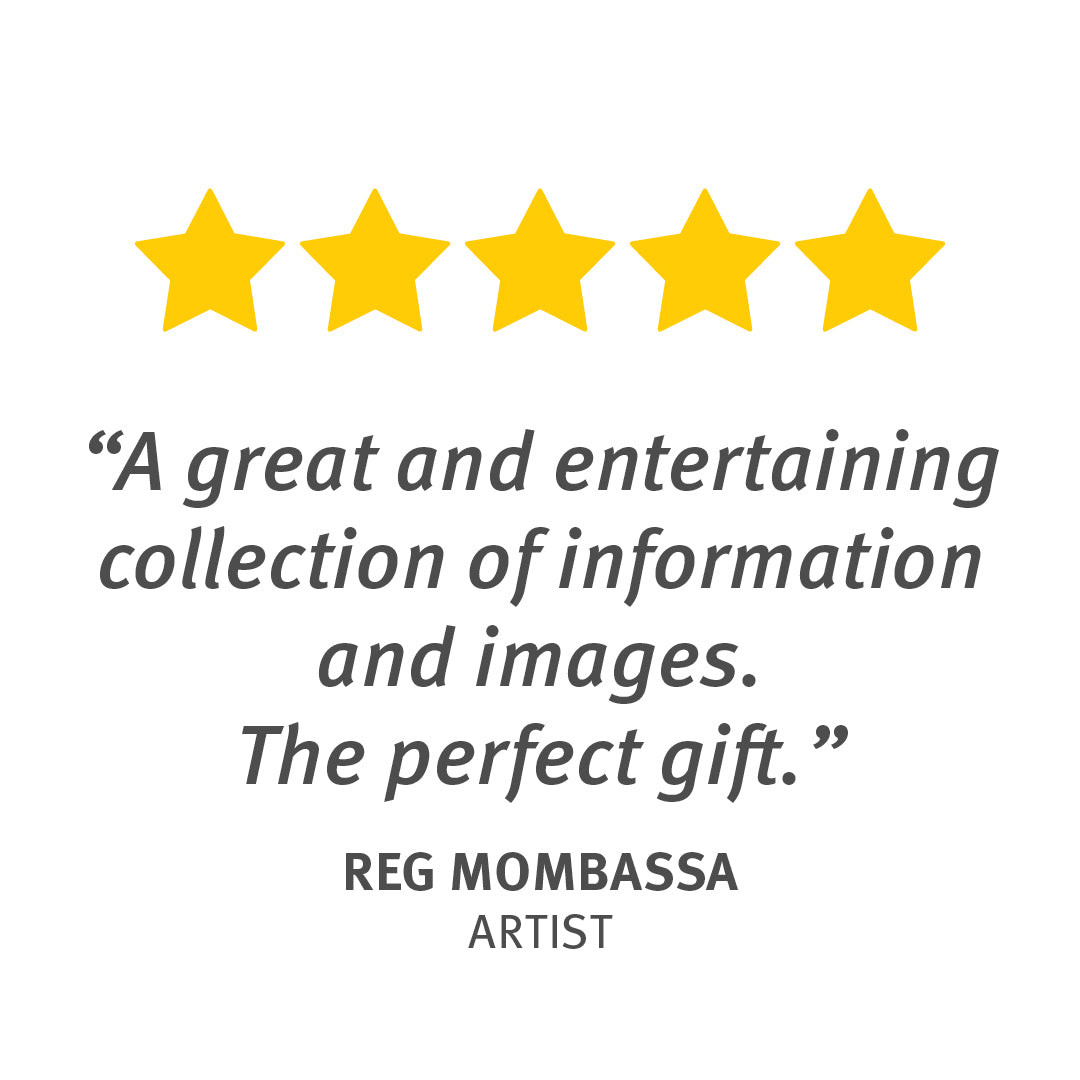












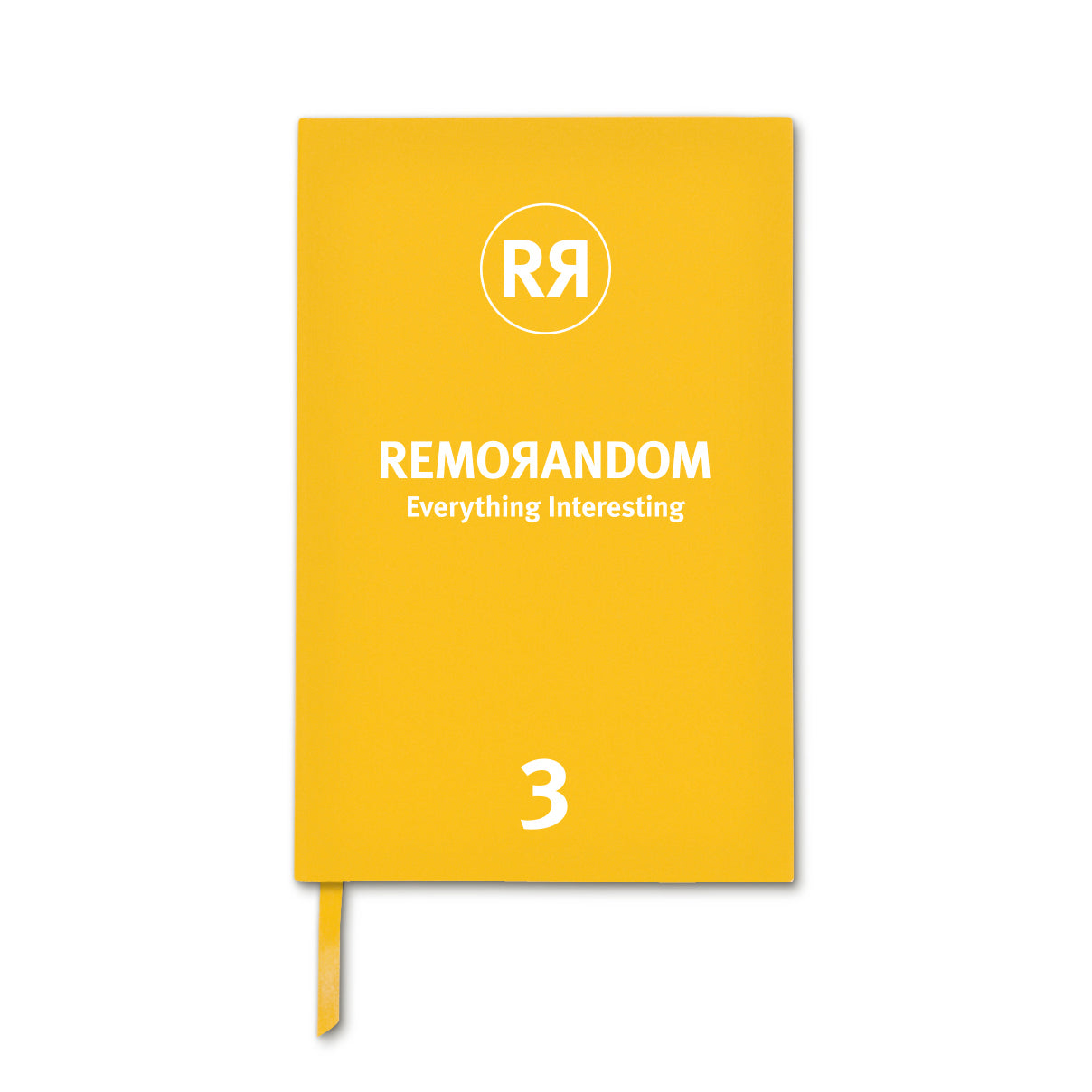
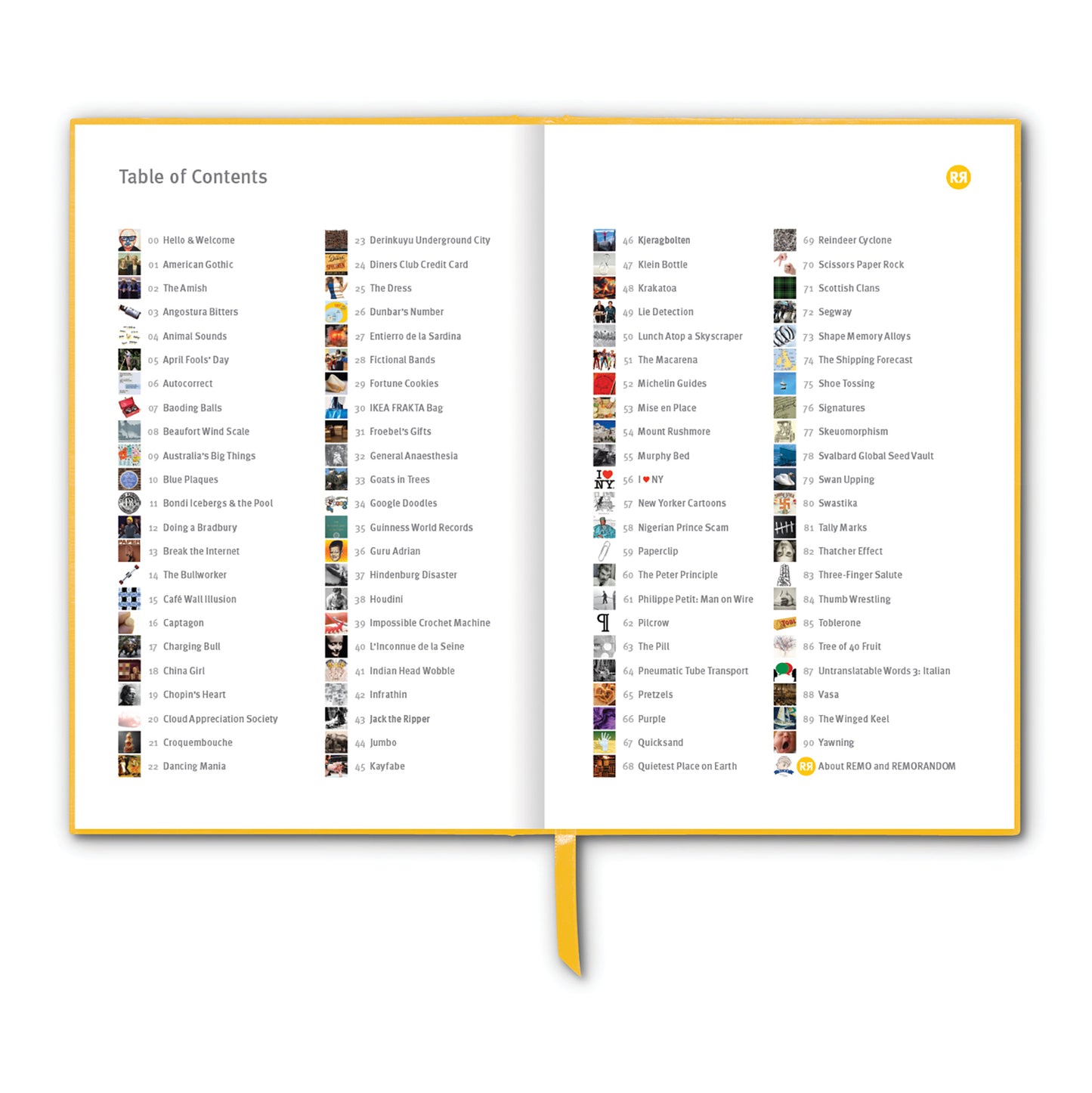
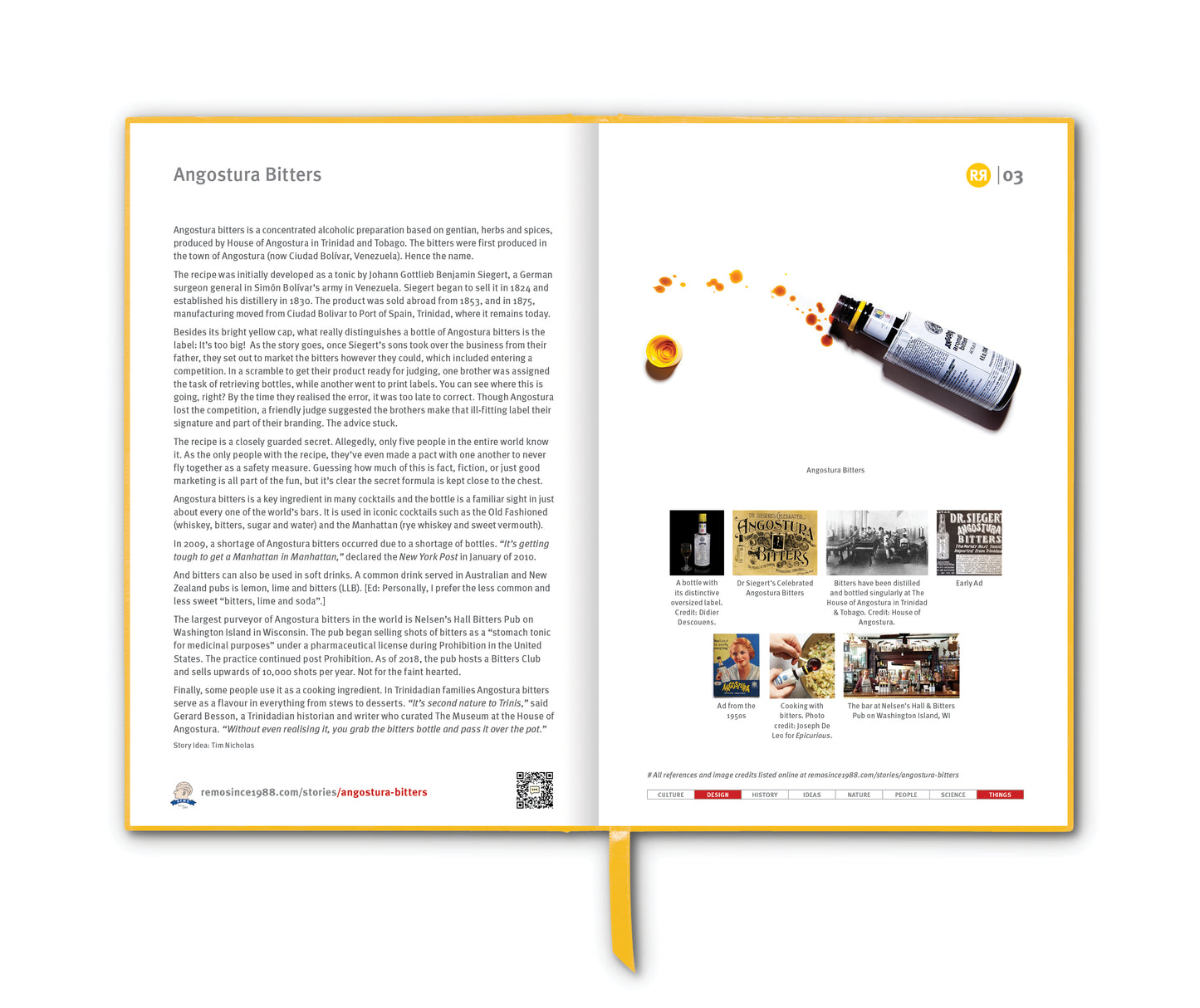
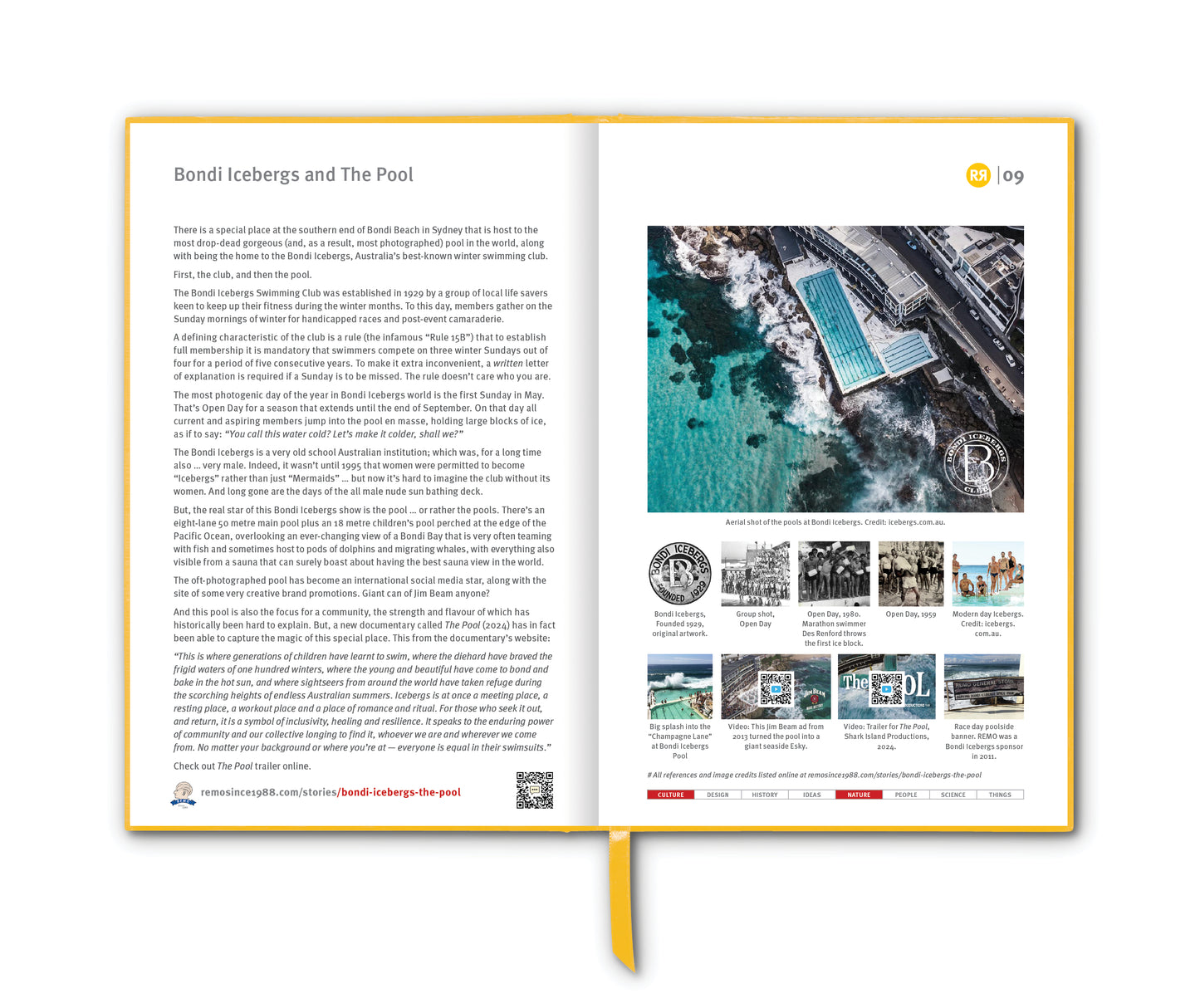
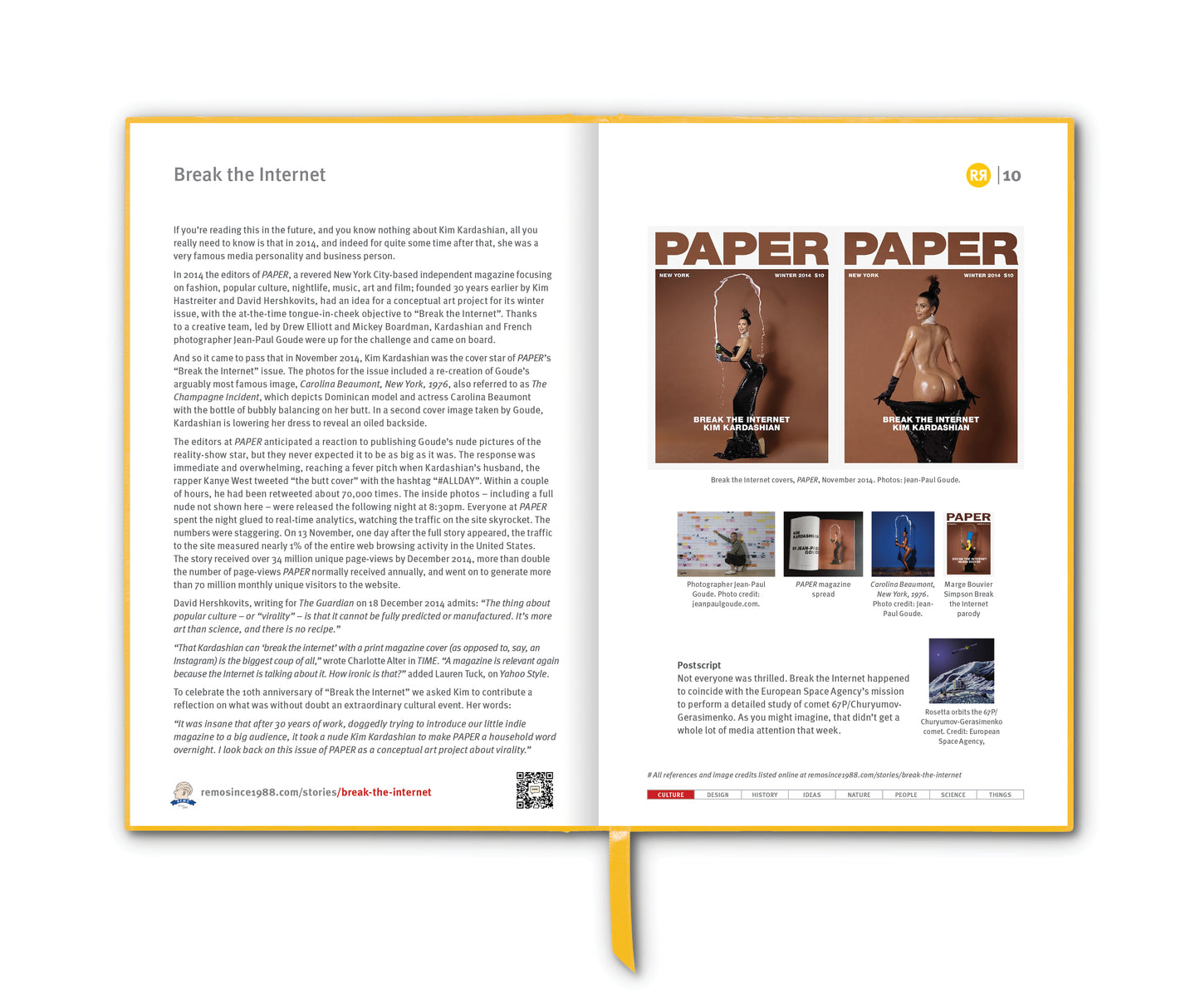
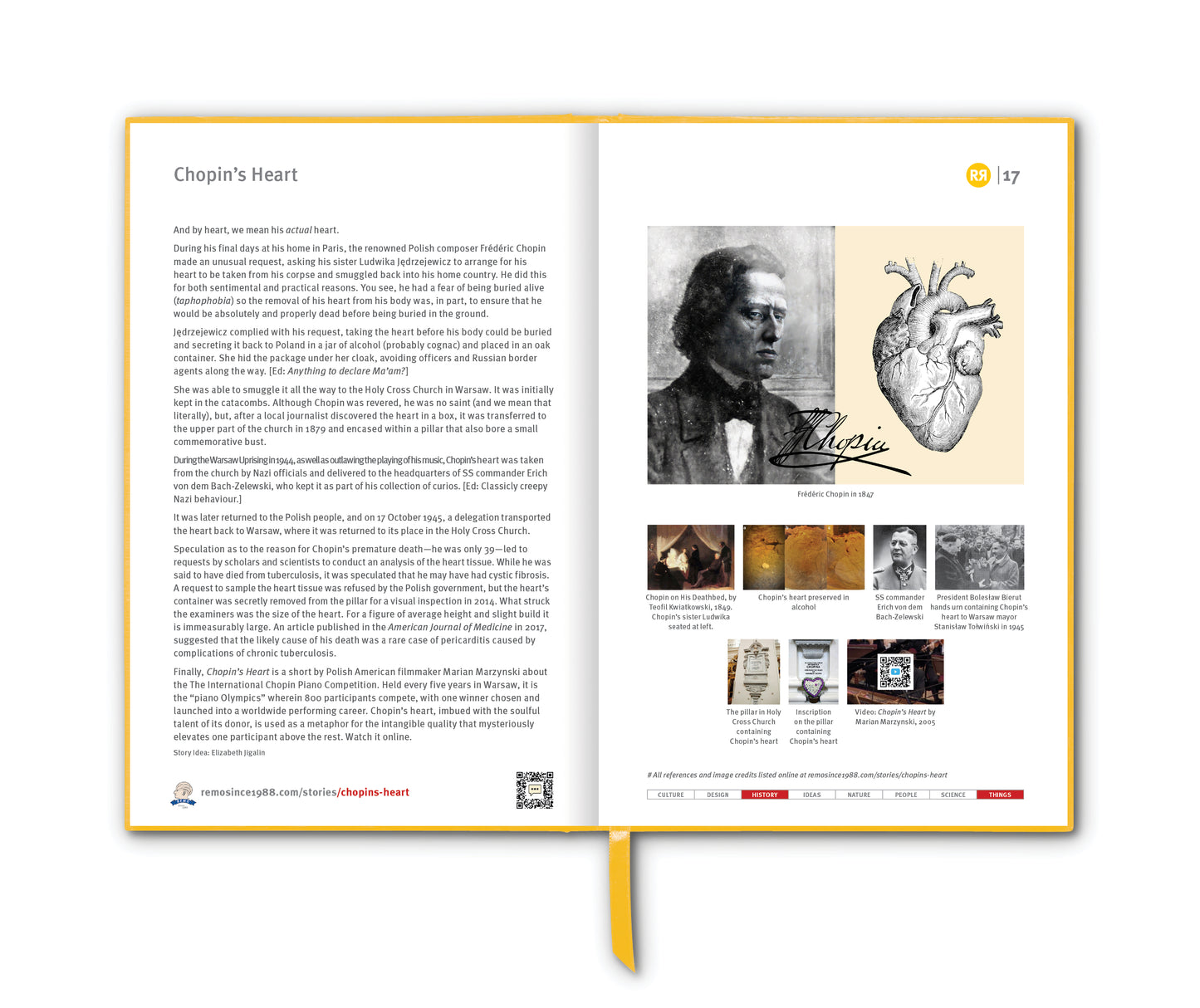

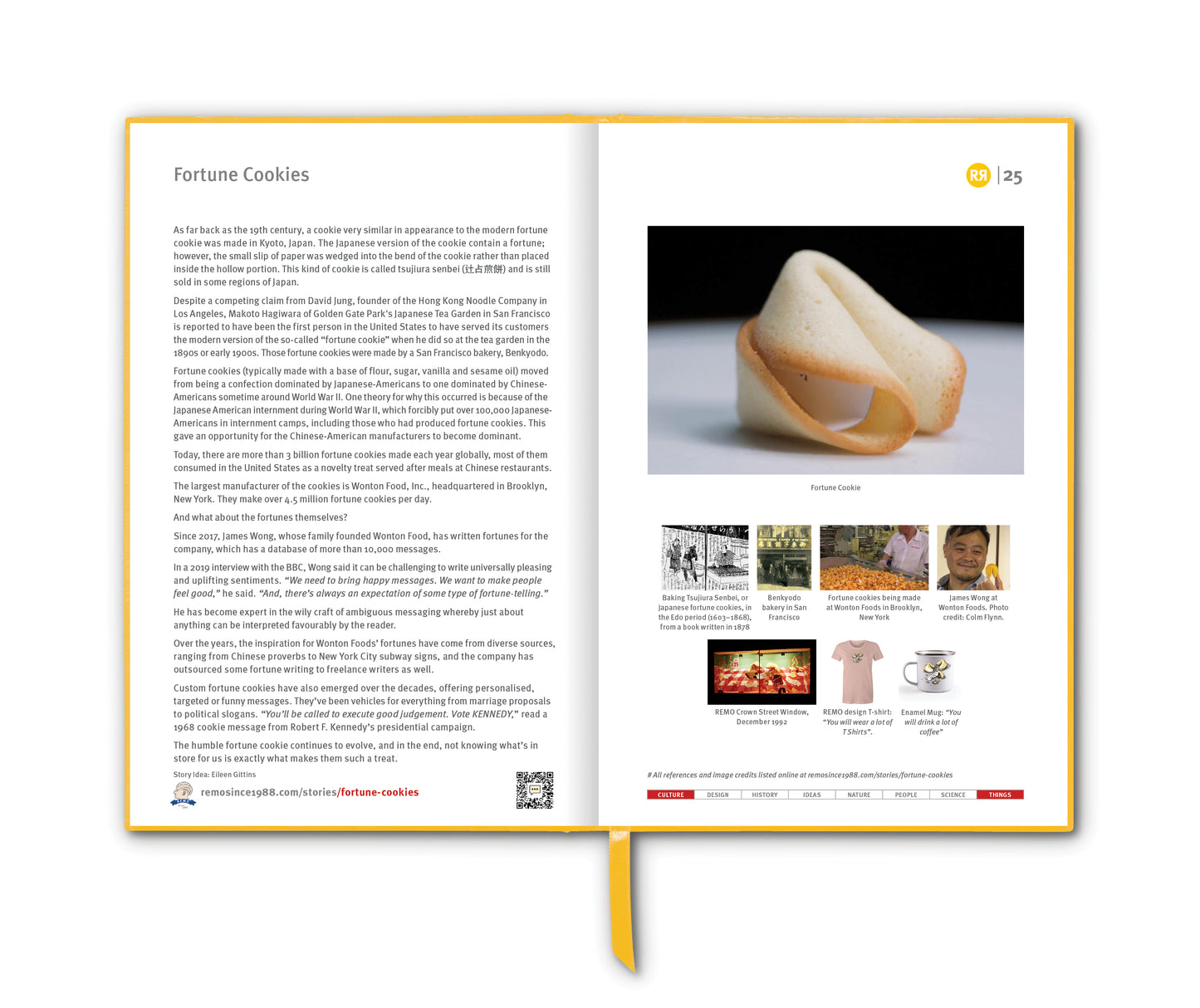
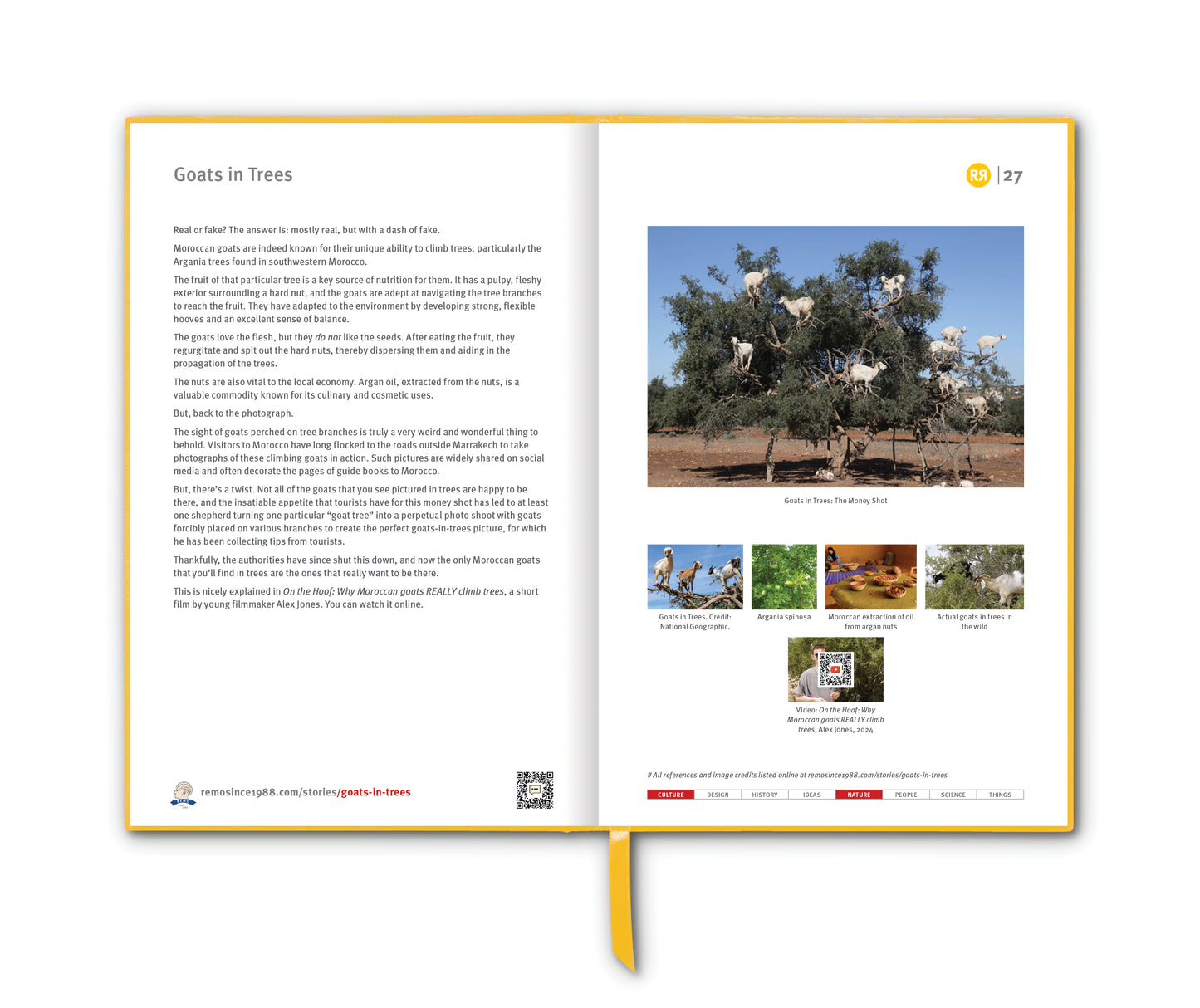
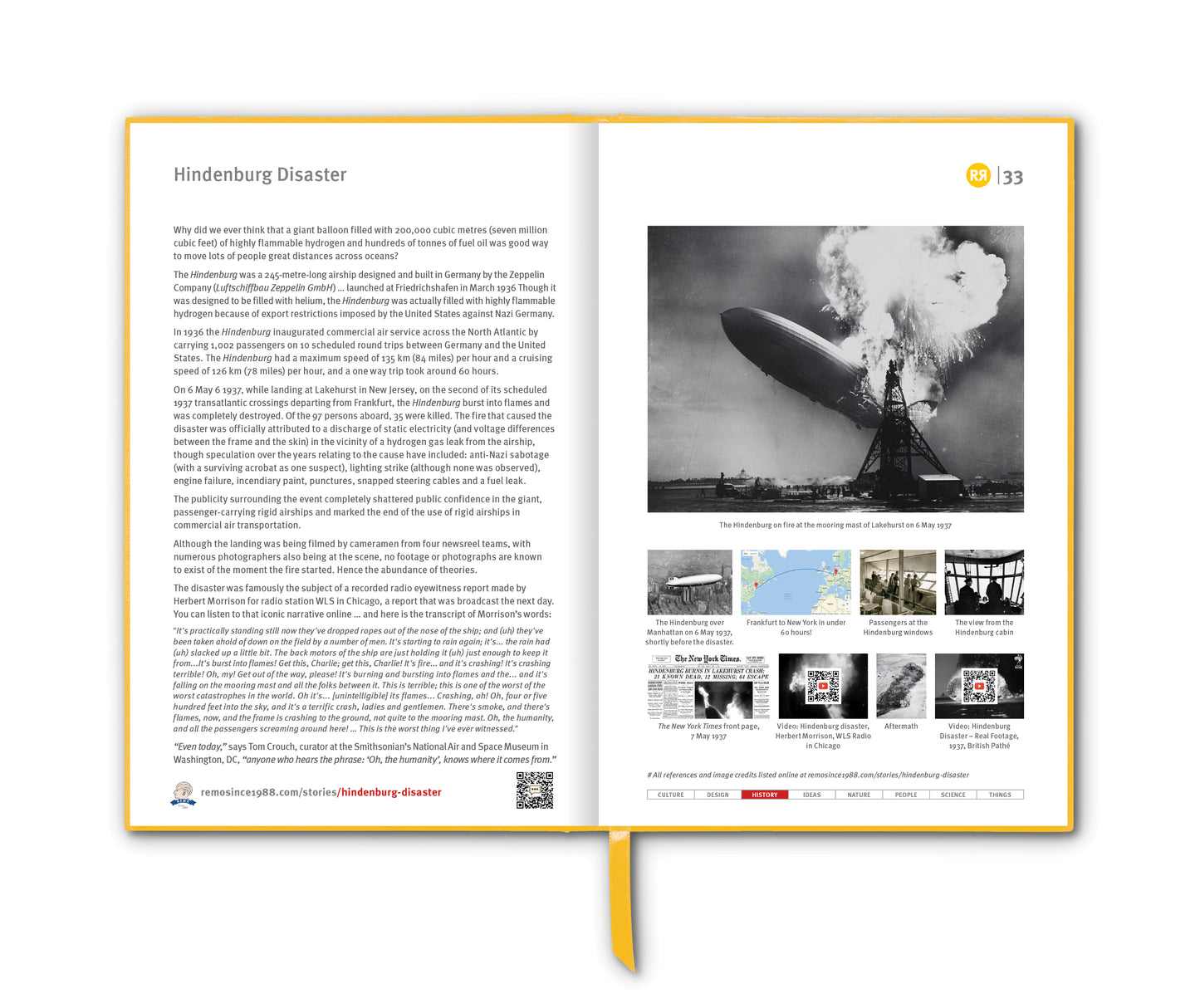
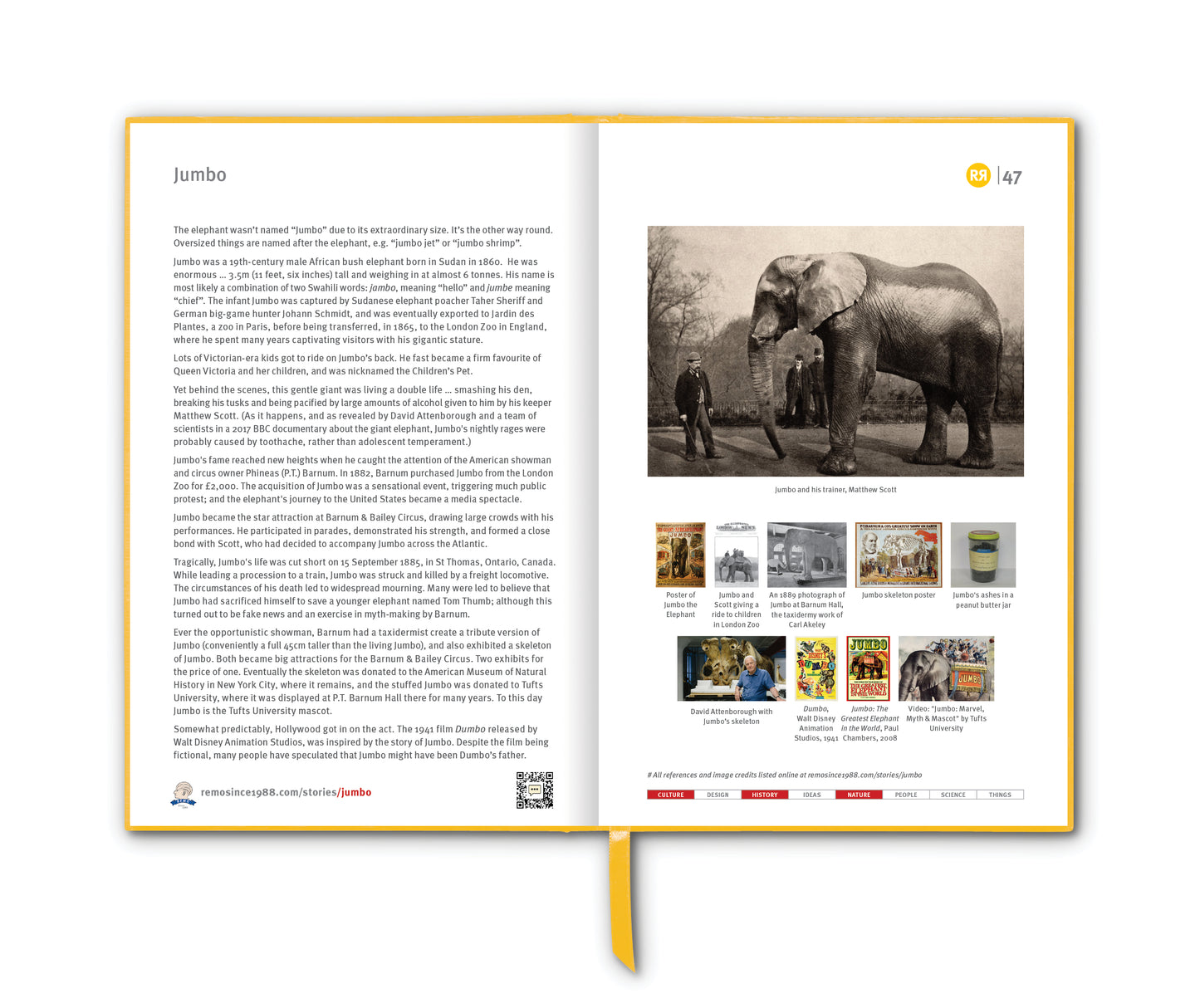
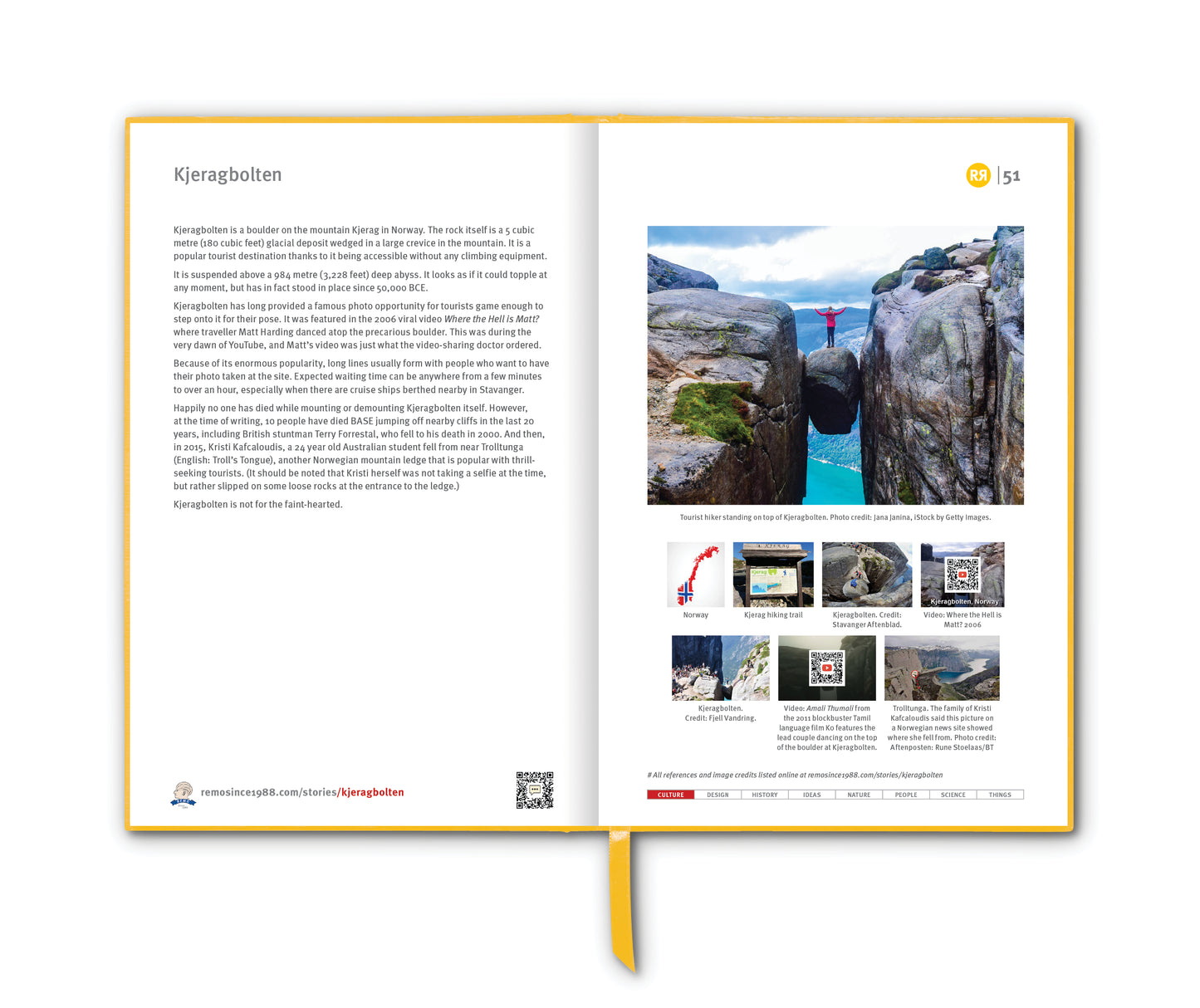
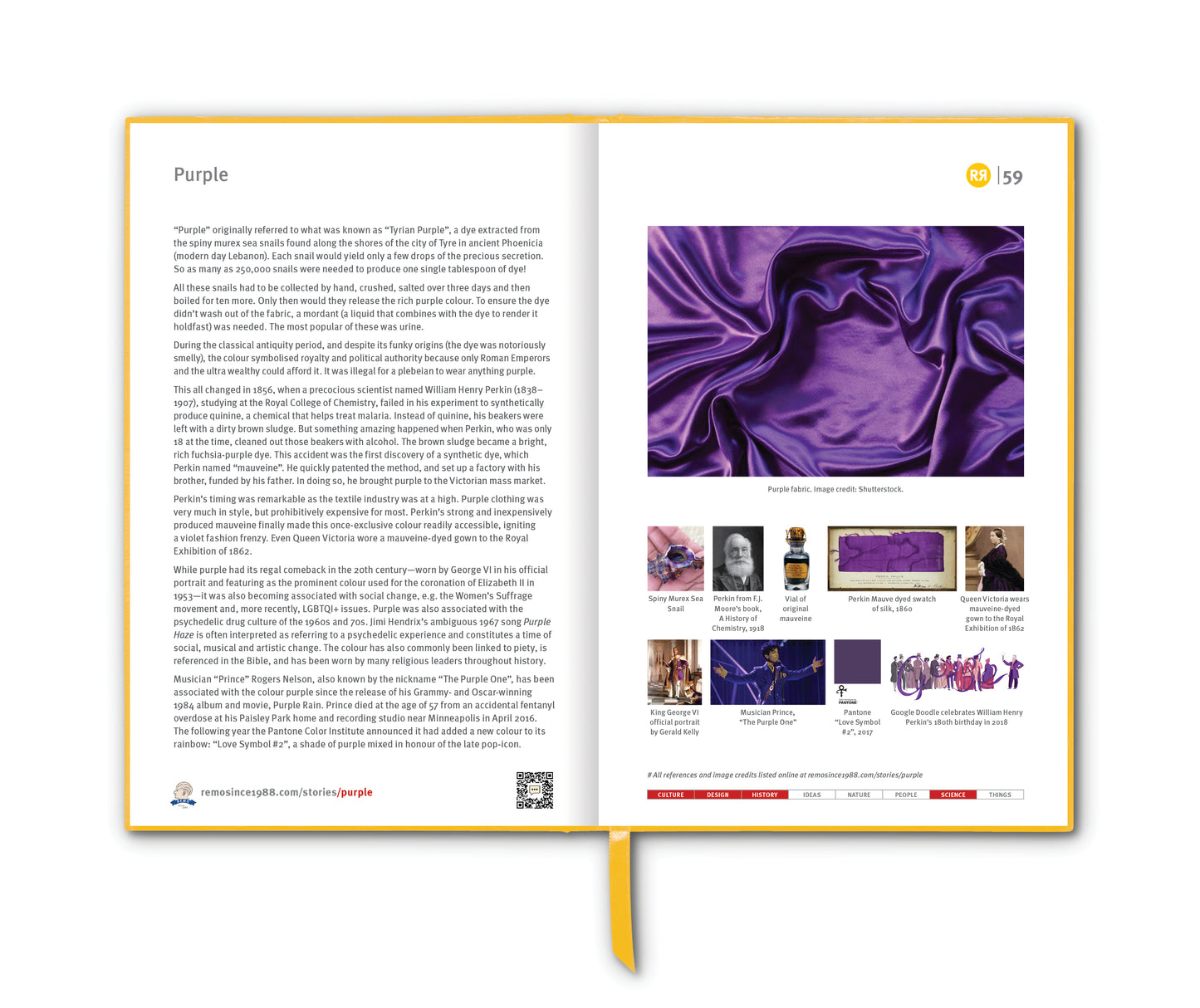
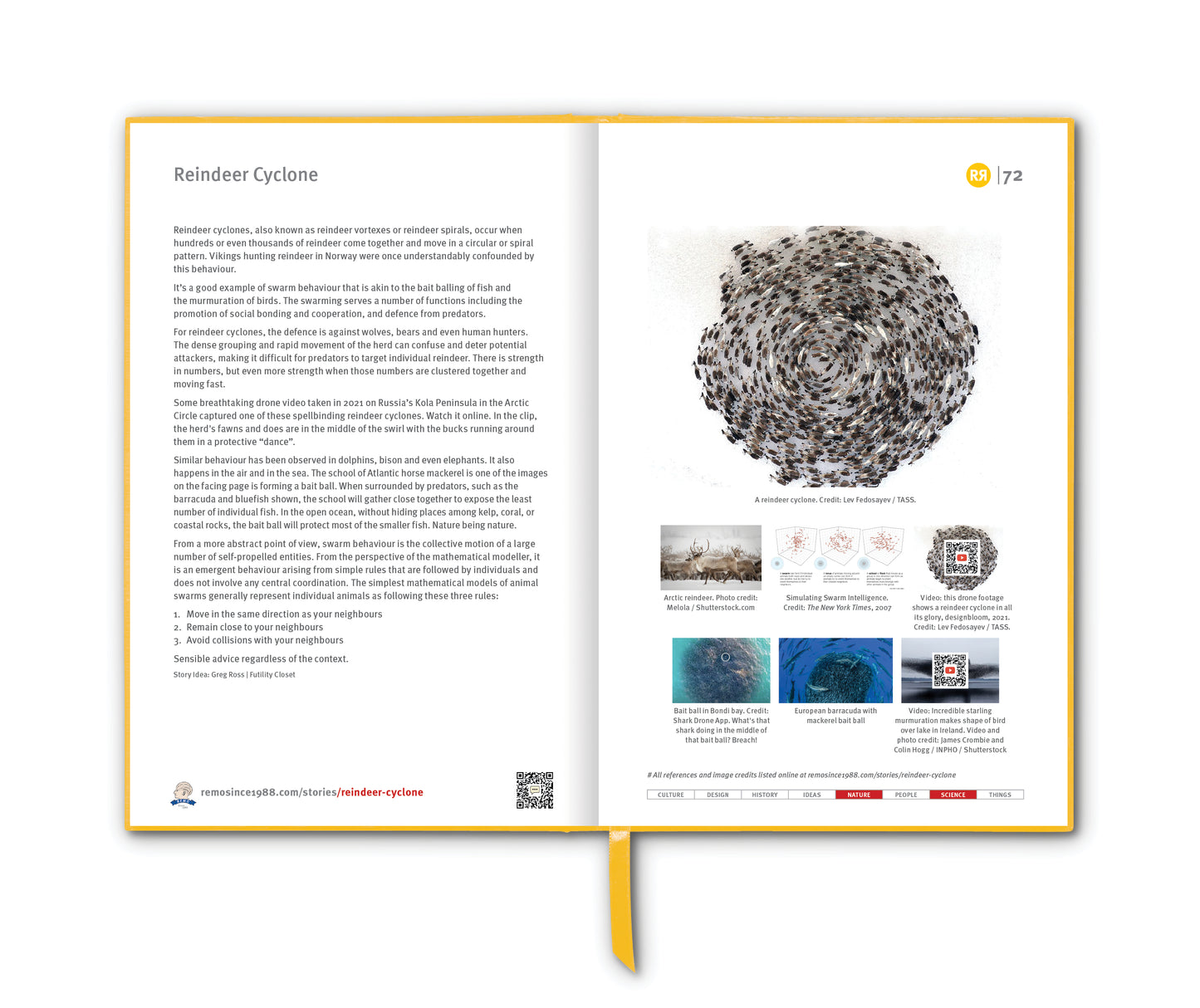
1 comment
I thought of this post as a I read this line – ‘Serendipity is one hell of a drug’ – in L. M. Sacasas’ latest newsletter. https://theconvivialsociety.substack.com/p/laughter-in-dark-times. He was talking about the books he happens to be reading (Tolkien & Arendt) as he watches what is happening in Europe.